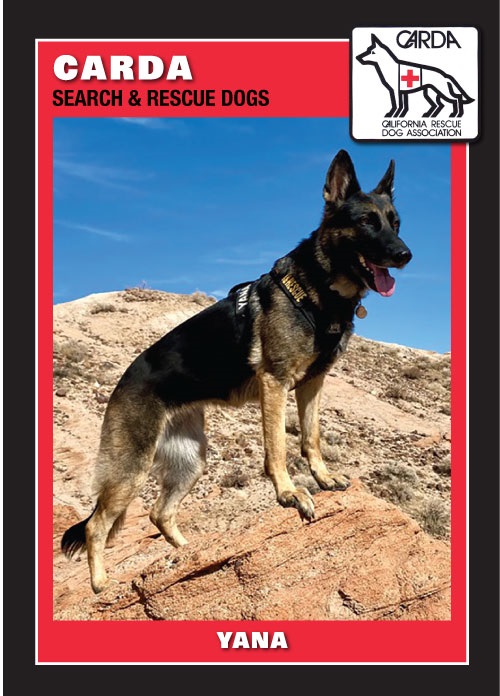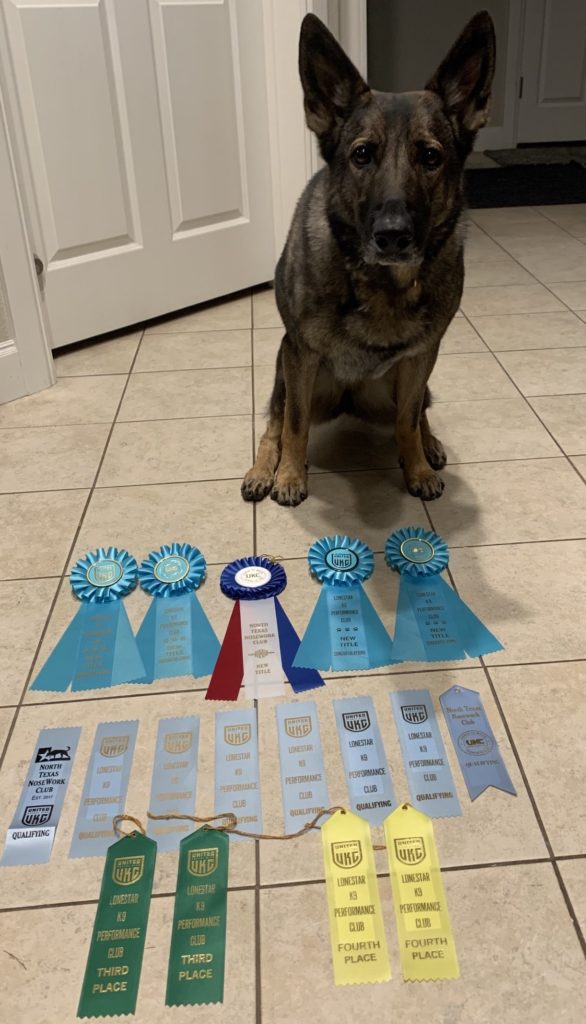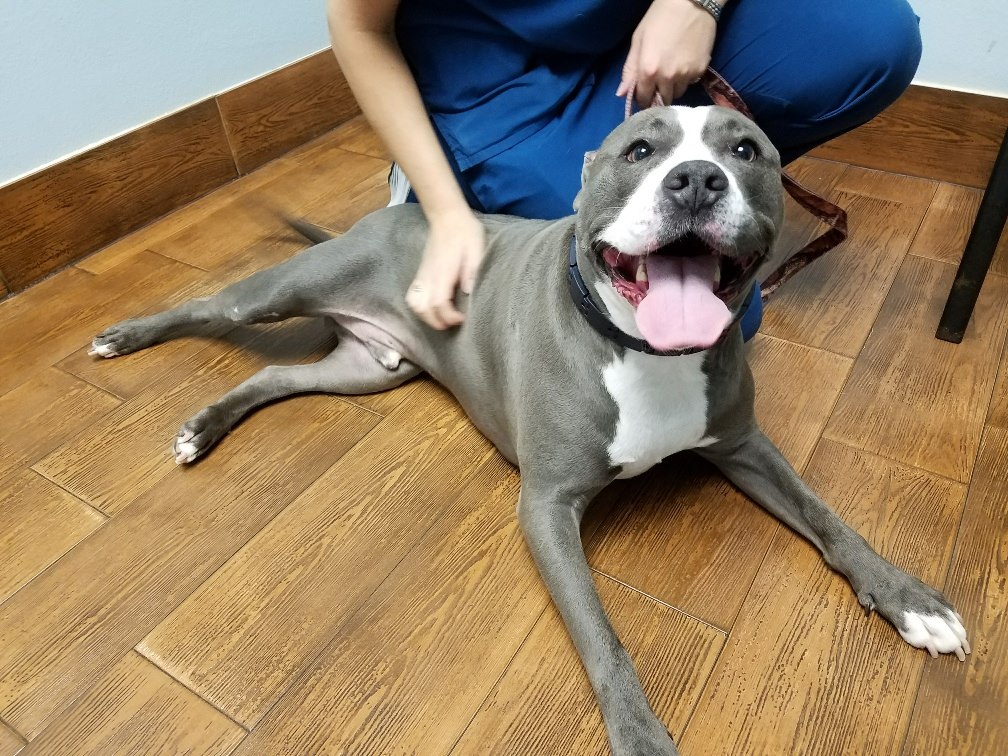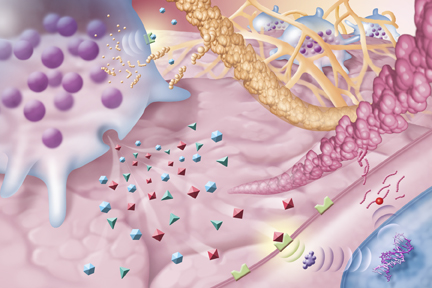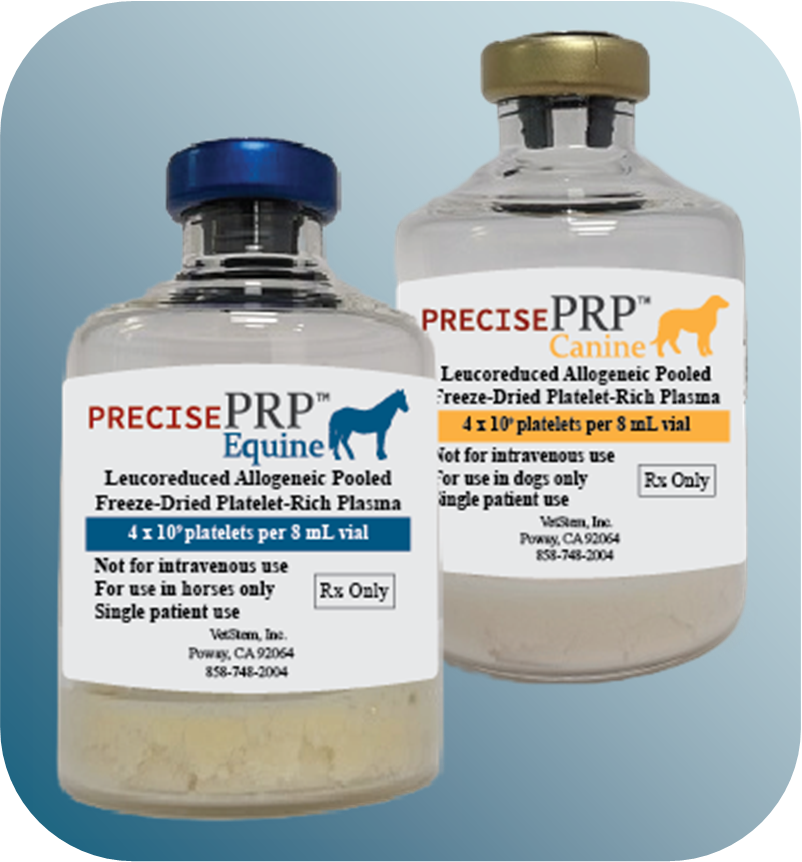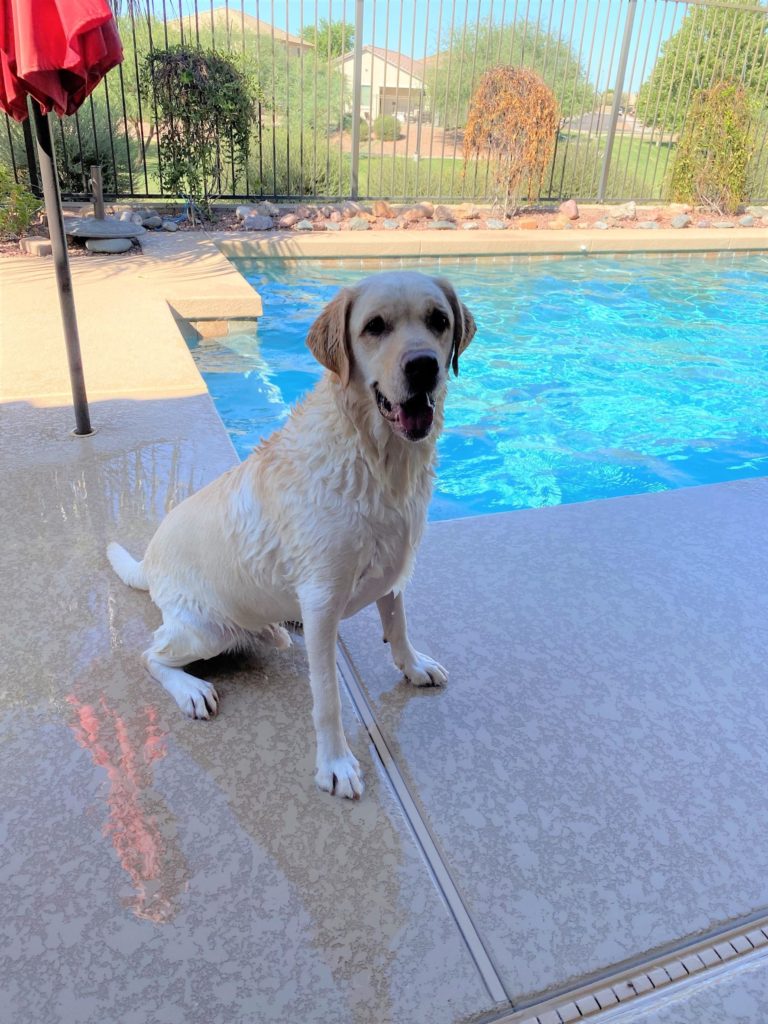Leo’s Story: VetStem Cell Therapy for Cruciate Ligament Tear
Did you know that cruciate ligament rupture is one of the most common reasons for hind limb lameness, pain, and subsequent knee arthritis in dogs? While there are multiple treatment options available, both surgical and non-surgical, treatment with stem cells may accelerate and improve healing within the joint. Numerous dogs have received VetStem Cell Therapy for cruciate ligament injuries. Generally speaking, stem cells are more effective when the ligament is only partially torn. In many cases, a full tear will still require surgery.
Leo’s Stem Cell Story
Leo is a 92-pound German Shepherd. One day, after jumping out of his owner’s SUV, he yelped and held his right rear leg up. Two veterinarians confirmed that Leo had partially torn his cruciate ligament in his right knee. While dogs of any size can be affected by this injury, large breed dogs tend to be more at risk.
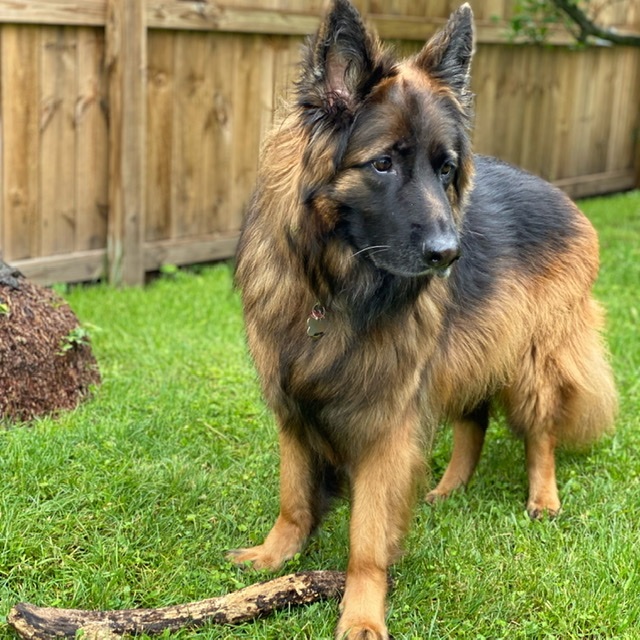
Initially, Leo’s owners took a conservative approach to manage his condition. Non-surgical treatment usually involves some combination of anti-inflammatory and pain medications, exercise modifications, joint supplements, rehabilitation, and possibly braces/supports. Unfortunately, conservative medical management is not always successful, and after months of leash walks only, Leo’s symptoms worsened.
VetStem Cell Therapy for Cruciate Ligament Tear
After months of research, Leo’s owners elected to try VetStem Cell Therapy as opposed to surgical repair of the injured ligament. Stem cells are regenerative cells that can reduce pain and inflammation, reduce the formation of scar tissue, help to restore range of motion, and stimulate regeneration of tendon, ligament, and joint tissues. Additionally, according to surveys answered by owners and veterinarians, greater than 80% of dogs showed an improved quality of life after receiving VetStem Cell Therapy for orthopedic conditions.
To begin the process, Leo’s veterinarian, Dr. Chris Forstall of SouthShore Animal Hospital, collected fat tissue from his abdomen during a minimally-invasive anesthetic procedure. The cells were aseptically packaged and shipped to the VetStem processing laboratory. Lab technicians processed the fat to isolate and concentrate the stem and regenerative cells contained therein. These cells were packaged into separate stem cell doses, two of which were shipped to Leo’s veterinarian for treatment, while the rest were put into cryopreservation for potential future use.
Approximately 48 hours after the initial fat collection, Leo received one injection of his own stem cells into each knee. You may be wondering why Leo’s veterinarian injected both knees, as opposed to just his injured knee. According to the American College of Veterinary Surgeons, 40-60% of dogs who injure one cruciate ligament will go on to injure the other cruciate ligament in the future. Because of this, many veterinarians choose to treat both knees with stem cells, even when there is only one injured knee. This prophylactic approach may reduce or delay the possibility of injuring the second knee.
Leo Improves after VetStem Cell Therapy
According to his owner, Leo showed improvement just one month after treatment. His owner stated, “Leo is improving every day. We are thrilled that VetStem banked Leo’s stem cells for future use. I’m looking forward to him improving even more. Thank you for offering this cutting-edge therapy!”
Leo’s initial stem cell process yielded several additional doses that are currently cryopreserved. Cryopreservation of stem cells allows them to maintain their functional properties so that they can be used in the future should Leo require them.
If your dog has suffered from a partial cruciate ligament tear, speak to your veterinarian about the possibility of treatment with VetStem Cell Therapy. Or contact us to find a VetStem provider near you.



